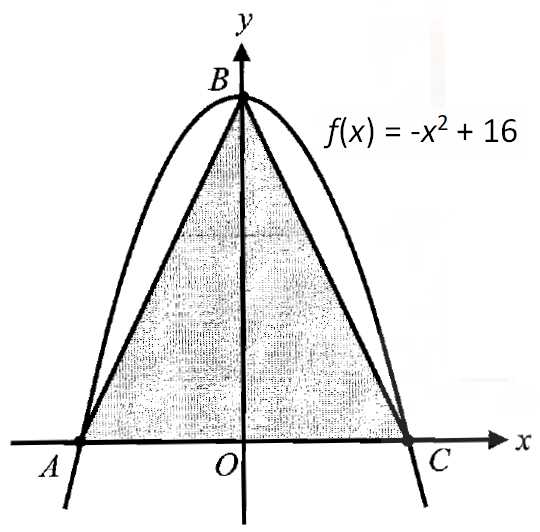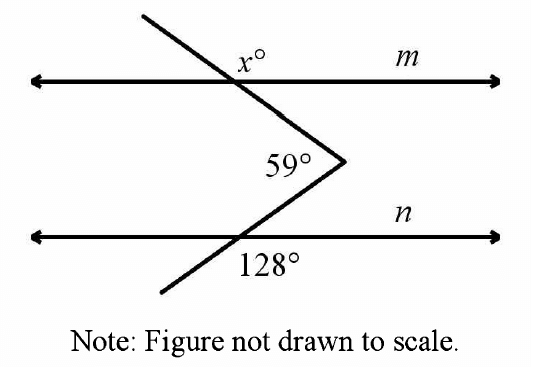RATIO AND PROPORTION
Ratio
A ratio is a comparison of the sizes of two or more quantities of the same kind by division.
If a and b are two quantities of the same kind (in same units), then the fraction a/b is called the ratio of a to b.
It is written as a : b.
Thus, the ratio of a to b = a/b or a : b.
The quantities a and b are called the terms of the ratio, a is called the first term or antecedent and b is called the second term or consequent.
For example, in the ratio 5 : 6, 5 & 6 are called terms of the ratio. 5 is called first term and 6 is called second term.
Both terms of a ratio can be multiplied or divided by the same (non–zero) number.
Usually a ratio is expressed in lowest terms (or simplest form).
Properties of Ratio
Property 1 :
Ratio exists only between quantities of the same kind.
Property 2 :
Quantities to be compared (by division) must be in the same units.
Property 3 :
The order of the terms in a ratio is important.
Property 4 :
Both terms of a ratio can be multiplied or divided by the same (non–zero) number. Usually a ratio is expressed in lowest terms (or simplest form).
Property 5 :
The order of the terms in a ratio is important.
Property 6 :
To compare two ratios, convert them into equivalent like fractions.
Property 7 :
If a quantity increases or decreases in the ratio a : b, then new quantity is
= (b x original quantity)/a
The fraction by which the original quantity is multiplied to get a new quantity is called the factor multiplying ratio.
Property 8 :
One ratio is the inverse of another, if their product is 1. Thus a : b is the inverse of b : a and vice–versa.
Property 9 :
A ratio a : b is said to be of greater inequality if a > b and of less inequality if a < b.
Property 10 :
The ratio compounded of the two ratios a : b and c : d is ac : bd.
Property 11 :
A ratio compounded of itself is called its duplicate ratio.
Thus a2 : b2 is the duplicate ratio of a : b. Similarly, the triplicate ratio of a : b is a3 : b3.
Property 12 :
The sub–duplicate ratio of a : b is √a : √b and the sub triplicate ratio of a : b is 3√a : 3√b.
Property 13 :
If the ratio of two similar quantities can be expressed as a ratio of two integers, the quantities are said to be commensurable; otherwise, they are said to be in-commensurable.
Property 14 :
√3 : √2 cannot be expressed as the ratio of two integers and therefore, √3 and √2 are in-commensurable quantities.
Property 15 :
Continued Ratio is the relation (or compassion) between the magnitudes of three or more quantities of the same kind. The continued ratio of three similar quantities a, b, c is written as a : b : c.
Proportion
An equality of two ratios is called a proportion.
Four quantities a, b, c, d are said to be in proportion if
a : b = c : d (also written as a : b :: c : d)
i.e. if
a/b = c/d
The quantities a, b, c, d are called terms of the proportion; a, b, c and d are called its first, second, third and fourth terms respectively.
First and fourth terms are called extremes (or extreme terms). Second and third terms are called means (or middle terms).
Properties of Proportion
Property 1 :
An equality of two ratios is called a proportion.
Four quantities a, b, c, d are said to be in proportion, if
a : b = c : d (also written as a : b :: c : d).
That is,
a/b = c/d
Property 2 :
The quantities a, b, c, d are called terms of the proportion; a, b, c and d are called its first, second, third and fourth terms respectively.
First and fourth terms are called extremes (or extreme terms). Second and third terms are called means (or middle terms).
Property 3 :
In a proportion,
product of extremes = product of means
If a : b = c : d are in proportion, then,
ad = bc
This is called cross product rule.
Property 4 :
Three quantities a, b, c of the same kind (in same units) are said to be in continuous proportion.
Now, we can write a, b, c in proportion as given below.
a : b = b : c
Using cross product rule, we have b2 = ac.
Property 5 :
If a, b, c are in continuous proportion, then the middle term b is called the mean proportional between a and c, a is the first proportional and c is the third proportional.
Thus, if b is mean proportional between a and c, then
b2 = ac or b = √ac
Property 6 :
In a proportion a : b = c : d, all the four quantities need not be of the same type. The first two quantities should be of the same kind and last two quantities should be of the same kind.
Property 7 :
Invertendo :
If a : b = c : d, then b : a = d : c
Property 8 :
Alternendo :
If a : b = c : d, then a : c = b : d
Property 9 :
Componendo :
If a : b = c : d, then (a + b) : b = (c + d) : d
Property 10 :
Dividendo :
If a : b = c : d, then (a - b) : b = (c - d) : d
Property 11 :
Componendo and Dividendo :
If a : b = c : d, then (a + b) : (a - b) = (c + d) : (c - d)
Property 12 :
Addendo :
If a : b = c : d = e : f =.........., then each of these ratios is equal
(a + c + e + ........) : (b + d + f + ........)
Property 13 :
Subtrahendo :
If a : b = c : d = e : f =.........., then each of these ratios is equal
(a - c - e - ........) : (b - d - f - ........)
Kindly mail your feedback to v4formath@gmail.com
We always appreciate your feedback.
©All rights reserved. onlinemath4all.com
Recent Articles
-
Digital SAT Math Problems and Solutions (Part - 143)
Apr 13, 25 12:01 PM
Digital SAT Math Problems and Solutions (Part - 143) -
Quadratic Equation Problems with Solutions
Apr 12, 25 08:21 PM
Quadratic Equation Problems with Solutions -
Digital SAT Math Problems and Solutions (Part - 142)
Apr 11, 25 06:26 PM
Digital SAT Math Problems and Solutions (Part - 142)

